Within about 36 hours of a college football game, the home team and the stats crew (communications) review the film and make any minor tweaks that might have been missed. Sometimes, the opponent asks for a correction. That was a two-yard loss, not a one-yard loss, etc. Just an effort to have cleaner stats.
the daily #82 | 10/21/2023 | Archives
Last week, WVU began a drive in the second quarter on their own 31-yard line, with 6:21 on the clock and ahead 10-7. After a 4-yard gain on first and an incompletion on 2nd down, David Ugwoegbu stopped Mountaineer QB Garrett Greene for no gain on 3rd and six. On the ensuing punt, the FS1 camera angle shows the side judge to be standing between the 35 and the 34.
After their regular postgame film review, the UH coaching staff asked the game stats team to look at that play. The ball was further back than where the 3rd down started, and they believed Ugwoegbu should be credited a sack. Stats agreed, and the change was made on Sunday. Schools quietly make these changes all the time – there’s no reason to make a big deal about them.
Flash forward to Thursday: UH notified the media that the play was changed to no gain. No one in the media had been informed that it had been changed to a sack, as is standard. But my recollection in the press box was that it was called a sack over the PA at the time (the PA is not official, similar to a broadcaster). I became curious.
UH’s email said they had received video with a clearer view of the play and changed it to a no gain. Naturally, I didn’t think UH was in the business of taking stats off the board for their own guys, so I inquired.
The change back to no gain came after a request from WVU. They sent along their coaches’ video on Tuesday showing the ball spot. But with UH communications staff going to men’s and women’s basketball media days on Tuesday and Wednesday, the call was not changed officially until Thursday, a whole week after the game.
UH examined WVU’s video and thought it was still a tackle for a loss of about half a yard but not enough to change the spot of the ball. Statistically, the ball was still on the 35. Had the third down spot been a little different, it’s a sack. But ultimately, Garrett Greene gets his first no-sack game of the season, and David Ugwoegbu gets a stuff (not an official stat), not the sack and the TFL.
The circumstances here are highly unusual. But with a Thursday night game, coaches going on the road recruiting and not getting to the video til later in the weekend, media days in other sports for the head of the football stats crew, and two teams with two sets of video looking out for their guy, it means a small distinction on one play of an epic game didn’t get settled for a week.
Excluding Donovan Smith or Patrick Paul, name a player UH can’t afford to lose in the second half of the season?
Starns Leland (Sports Editor at The Cougar): Chidozie Nwankwo. He only came back to full strength last week, and he’s the team’s best run-stopper up front. If Texas couldn’t run all over Houston in the first half, it would be because the big guy up front is doing his job. If the game is close in the second half, Nwankwo will need to come up with a few big run stuffs on first and second down to put UT into third and long situations. If he’s not in the game or ineffective, however, you can probably kiss the defense allowing a run less than ~3 yards goodbye.

Brad Towns (Guy that walked 9 batters in 3 innings at LSU): Sammy Brown. He is the key to everything UH does in the passing game. Of course, he leads the team in receptions and yards, but his presence on the field changes the game. He is a guy that can make any play asked of him.
He can make tough possession catches, beat his man deep, and take a quick short throw for a significant gain. Most importantly, he has to be accounted for on every snap he is on the field. If UH were to lose him for any amount of time, it would allow the defense a lot more flexibility in how they attack a UH offense.




